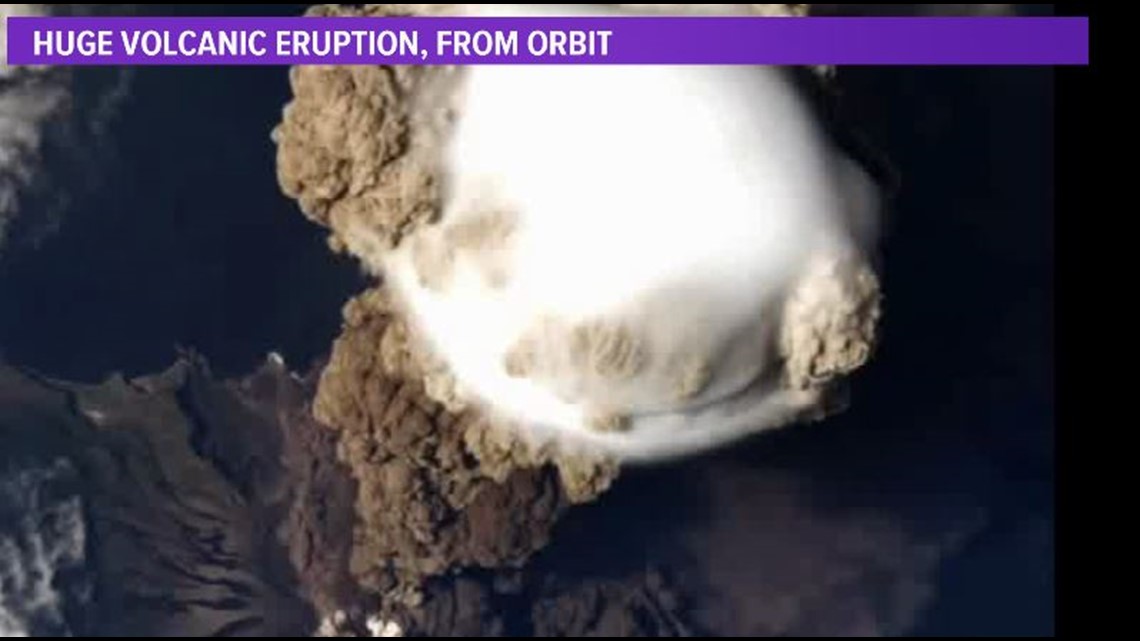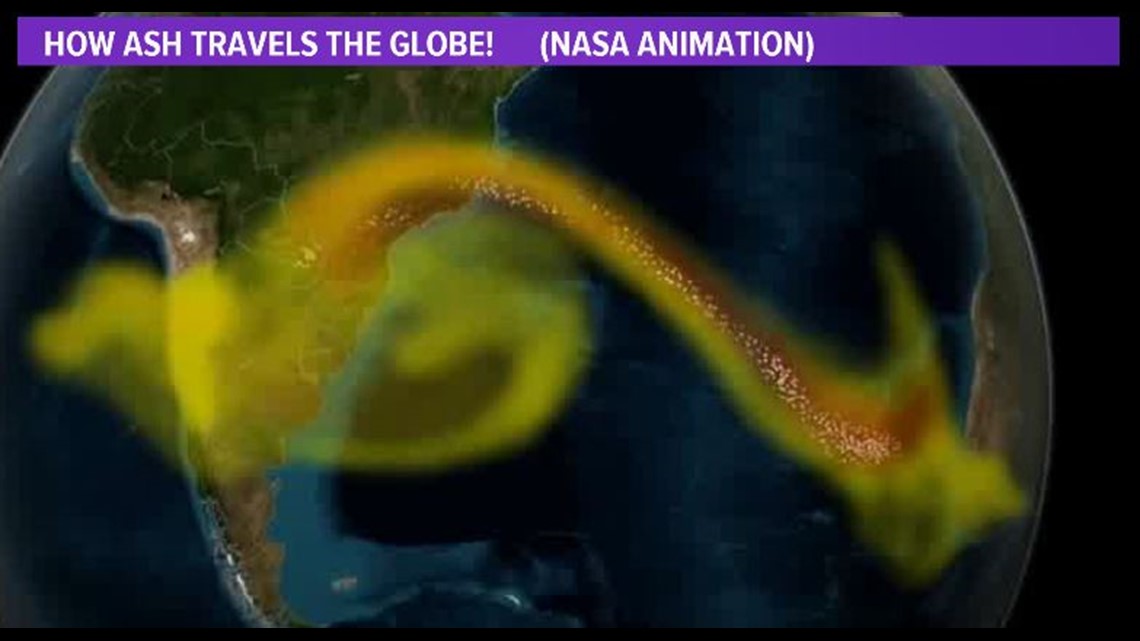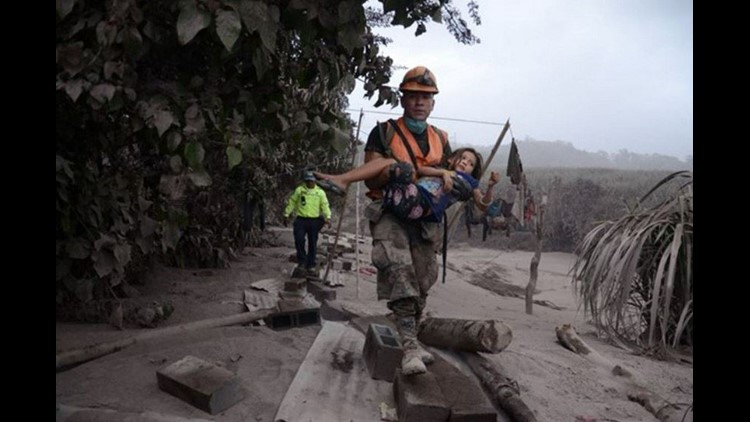The amounts of ash it sent into the atmosphere do not appear to be large enough to impact the climate. But larger eruptions of the past have.


Big eruptions send volcanic ash and gas miles high into the stratosphere. Once there, the upper level winds carry and spread the ash across the globe. The ash and gas mix with the atmosphere to form a sulfate gas mixture that reflects incoming sunlight back into outer space. This reduces the amount of sunlight reaching the planet, resulting in global cooling.


For example, in 1815, Mount Tambora in Indonesia erupted, sending enough ash into the sky to significantly alter the climate across the northern hemisphere. The year 1816 is known as 'the year without a summer' as crops across the northern hemisphere in the U.S. and Europe failed leading to food shortages. On June 6th 1816, snow was reported in Albany, NY. and Ice covered rivers in Pennsylvania in July and August.
More recently, 1991's eruption of Mt. Pinatubo resulted in temperatures much below normal in the northern hemisphere in July, August and September of 1992. The sulfate ash mixture that summer made for some very reddish sunsets I remember myself.



